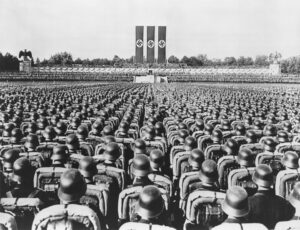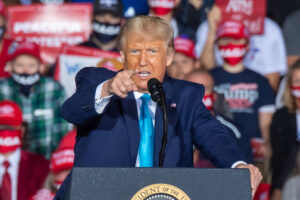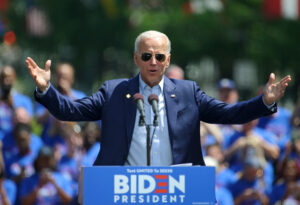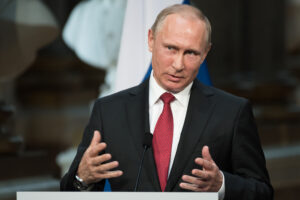
In 1948, the country would officially be divided into North and South Korea, with both governments on either side of the border claiming to be the true leaders of all Korea and rejecting the border of the 38th parallel. Tensions would grow over the next two years before the North, with the support of the Soviet Union and China, would make the first move on the 25th of June 1950. The North would make early gains in their attempts to reunite the fractured country but soon many would come to the aid of the South, most notable the Americans.
The UN would deploy a coalition of 21 countries to aid the South Koreans in their fight against the Northern aggressor but the bulk of the forces fighting back would be provided by the US, 88% of the troops in fact. During the next few years of the conflict, the city of Seoul would change hands 4 times. Both the Soviets and the Americans would increase their forces in an attempt to gain the upper hand, but the war would quickly become a stalemate on the ground. The battle for the skies would be a different matter entirely and the first time the two superpowers jet fighters would meet in warfare. It would be short lived though, as the Americans utterly dominated the Soviets in air to air combat.
This war of attrition was getting both sides nowhere despite small gains for either side, and negotiations for a cessation of hostilities would rumble on for about two years. Finally, an armistice was declared on the 27th of July, 1953. Under the agreement, the Korean Demilitarized Zone or DMZ would be established where the two sides still stare at each other through the sights of rifles to this day.







